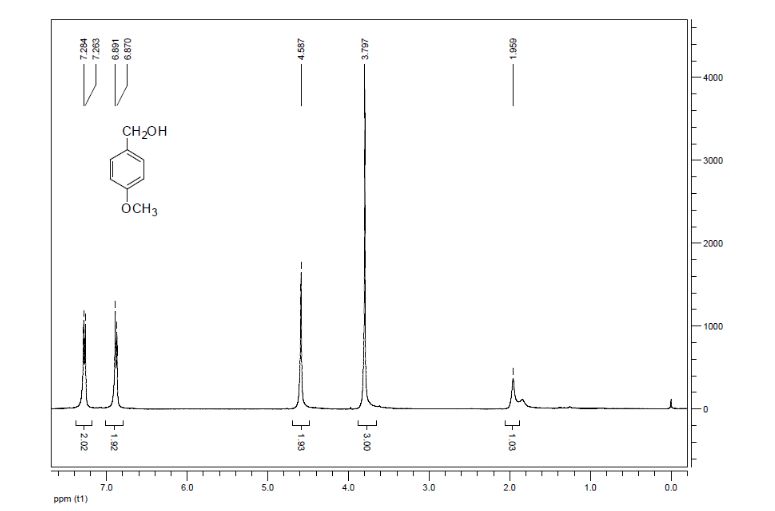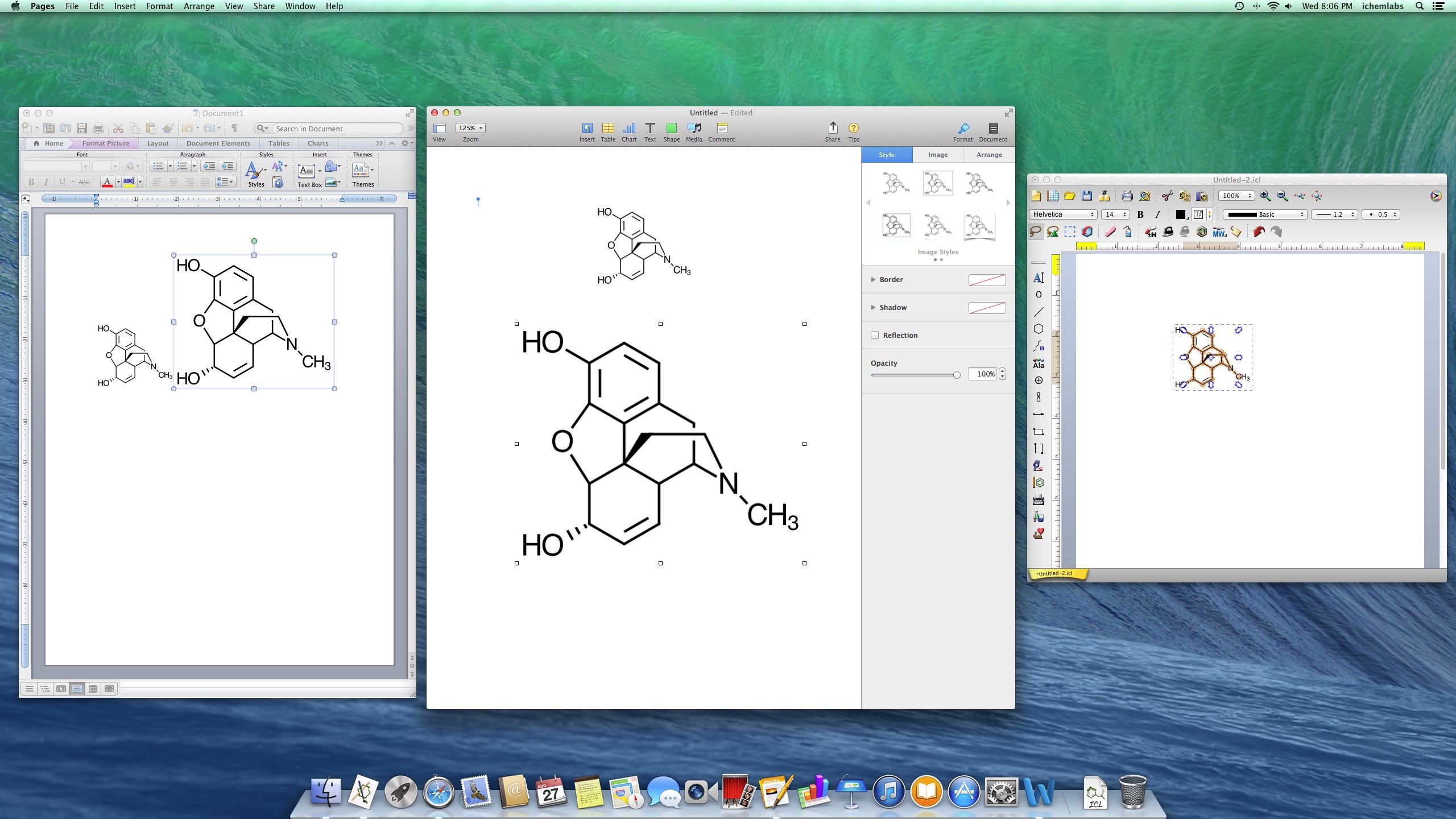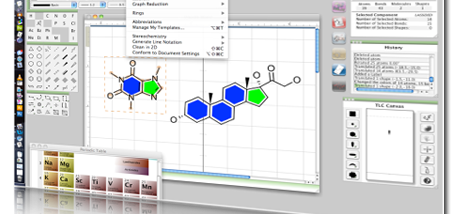

GC-MS remains highly useful side by side with other analytical platforms for the characterization of biosample metabolomes rendering it an indispensable tool for the analysis of small molecules.Ĭharles H. Since quantification and identification of the whole metabolome, using one analytical platform is still utopian.

Decades after it was firstly performed, the GC-MS technique provides unsurpassed advantages, such as the robustness and the availability of EI spectral libraries. The wide range of GC-MS application results from the large number of GC-MS instruments installed and the large number of trained users in laboratories around the globe. In this aspect, GC-MS technology is still very useful to the researcher. Untargeted investigations in practice mean the metabolic profiling of several biochemical pathways in one analysis.

Applying meticulous and validated protocols can lead to reliable and accurate results. GC-MS still dominates the analysis of volatile and semivolatile molecules and remains the platform of choice in many metabolic phenotyping studies. Georgios Theodoridis, in The Handbook of Metabolic Phenotyping, 2019 10 Conclusion This article is not a literature review rather it points the reader to useful articles, sometimes key references that are invaluable to read before engaging in bioanalytical approaches involving MS, especially for complex samples available in limited quantities. The combination of modern ionization methods with very fast and sensitive mass analyzers has led the way to the development of quantitative analytical strategies in proteomics and related areas and to combinatorial approaches based on high-throughput MS. The development of high-efficiency mass analyzers will also be discussed, along with the improvement of sensitivity in recent instruments. There will be a discussion on different modes of operating ESI and MALDI, and on how to couple these techniques on- and off-line with separation devices, for example, high-performance liquid chromatography (HPLC), capillary electrophoresis (CE), and gel electrophoresis. This article is an overview of state-of-the-art technologies involving MS available nowadays to help solve or investigate systems of interest to scientists working in biotechnology-related areas. The techniques, electrospray ionization (ESI) and matrix-assisted laser desorption/ionization (MALDI ), have indeed revolutionized the world of biological MS and opened doors to several types of developments and applications where MS had been difficult to use previously. Such observations have been made possible mostly owing to the advent of two ionization techniques which can bring large, polar, and thermolabile molecules from the solution or solid phase to the gas phase as intact molecular ions. This has been extremely beneficial to biotechnologists who can now observe proteins, peptides, oligosaccharides, DNA fragments, and other large biomolecules.

Since the mid 1980s, it has been possible to characterize whole intact biomolecules by mass spectrometry (MS). Lattová, in Comprehensive Biotechnology (Second Edition), 2011 1.50.1 Introduction Coupling the chromatography system to the mass spectrometer in this way yields two pieces of information for each analysis: retention time and mass spectral information for each separated compound, both of which can be used for comparison with suitable reference standards. In these cases, the mass spectrometer is normally coupled with either a gas chromatography (GC) or liquid chromatography (LC) system and is used as the detector that is, separation of the sample is achieved via chromatography and the separated compounds enter the mass spectrometer sequentially for ionization, separation, and detection of the generated ions. In forensic science, MS has become the technique of choice for the definitive identification of a wide variety of evidence including controlled substances and fire debris. Since molecules fragment in a unique manner, the resulting ion fragmentation pattern can be used to obtain structural information for a given molecule. MS is based on ionization and fragmentation of sample molecules in the gas phase. Since then, numerous advances and improvements in MS have made this technique a mainstay, first in physics laboratories and now in analytical chemistry and forensic science laboratories. Mass spectrometry (MS) is a widely used instrumental technique, with the first such instrument, known as a parabola spectrograph, being reported in 1912. R Waddell Smith, in Encyclopedia of Forensic Sciences (Second Edition), 2013 Introduction


 0 kommentar(er)
0 kommentar(er)
